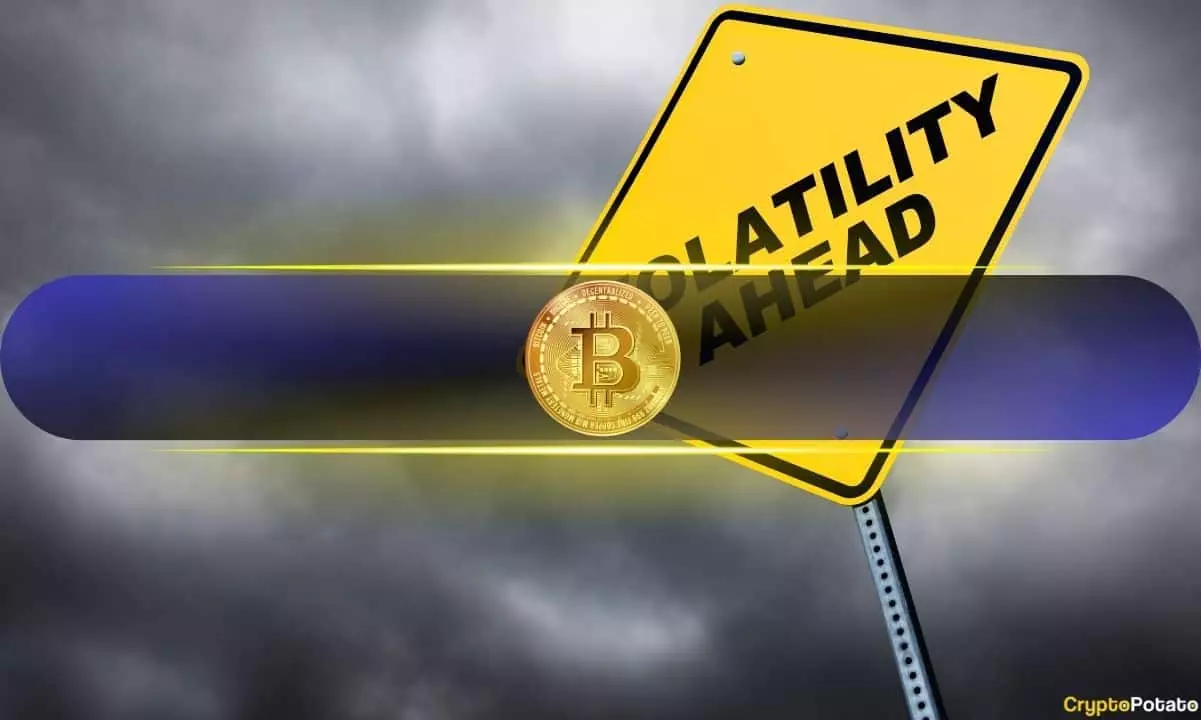This past Easter weekend seemed to hold nothing but disappointment for investors, as global markets demonstrated no flicker of improvement. Instead of presenting a glimmer of hope in trade negotiations, markets were confronted with discord. As US President Donald Trump unveiled a “non-tariff cheating” list, brands the critics of tariffs as “bad at business,” it highlighted an unsettling rise of protectionism that many feared could stifle true economic growth. This brash move underscores a worrying trend: the consistent sidelining of expert advice in favor of populist rhetoric.
Consumer Sentiment Deteriorates
The alarming decline in consumer sentiment is more than mere numbers; it represents a palpable anxiety about the future. As household inflation expectations grow, it becomes evident that public confidence is eroding. The Federal Reserve’s Jerome Powell may have contributed to this pessimism by openly criticizing the President’s tariff policies, effectively placing the central bank at odds with the White House. This friction indicates a lack of cohesion that could lead to catastrophic financial repercussions if left unchecked. Furthermore, the threat of Powell’s dismissal by Trump suggests a daunting power struggle, imperiling the central bank’s autonomy at a critical juncture.
High-Stakes Economic Reports
The anticipation surrounding this week’s economic reports raises the stakes even higher. Wednesday will mark a critical moment as the Global Services and Manufacturing PMI data is released. Analysts eagerly await these indicators, which could shape monetary policy and signal investor sentiment. Following that, Thursday’s Durable Goods Orders report will shed light on consumer behavior regarding high-cost items—those major purchases that can either buoy the economy or expose its vulnerabilities. By Friday, the Consumer Sentiment Index and Inflation Expectations data will reveal the storm brewing in the minds of consumers, further foreboding a tumultuous economic landscape.
Inflationary Pressures Mount
The warnings come with increasing urgency—experts like Adam Posen from the Peterson Institute articulate a foreboding scenario where inflation looms large. The notion that the Fed has been “too loose” with monetary policy adds a sense of fragility to an already precarious situation. If policymakers remain stagnant, it risks aggravating the inflationary spiral and forces the Fed into a corner, possibly necessitating aggressive rate hikes that could chill spending and investment. This type of economic juggling act is fraught with peril, both for policymakers and ordinary citizens.
Corporate Earnings and Cryptocurrencies
In amidst this economic chaos, attention turns toward the earnings reports of approximately 20% of S&P 500 companies, including giants like Tesla and Alphabet (Google). Expectations for a disheartening earnings season loom, raising doubts about the resilience of big tech amid the broader economic malaise. Simultaneously, the cryptocurrency market has shown glimmers of promise, with Bitcoin recently breaking through its three-month downtrend to reclaim a valuation of $87,000. This contradicting behavior in the crypto space illustrates how disparate economic realities can emerge during turbulent times, leaving investors grappling with the question of where the true value lies.
The current economic landscape is rife with uncertainty, marked by a perilous interplay between government policies, consumer sentiment, and market performance. It’s not just an intellectual exercise; as voters and citizens, we must demand accountability and coherence from our leaders, who seem more engaged in squabbles than in forging a path towards sustainable growth.













